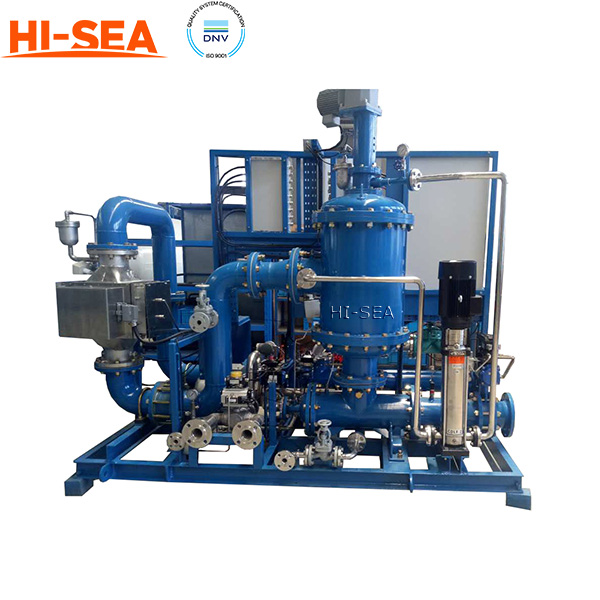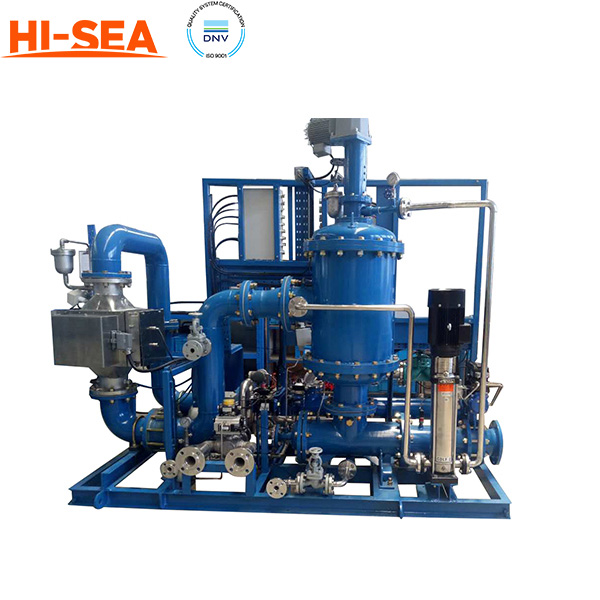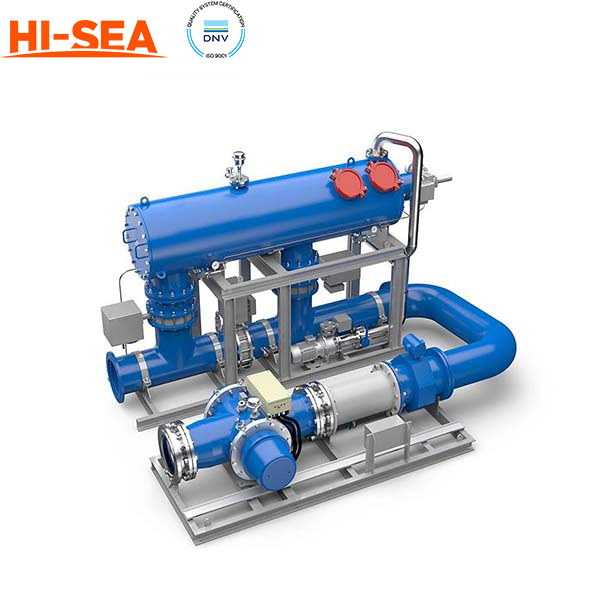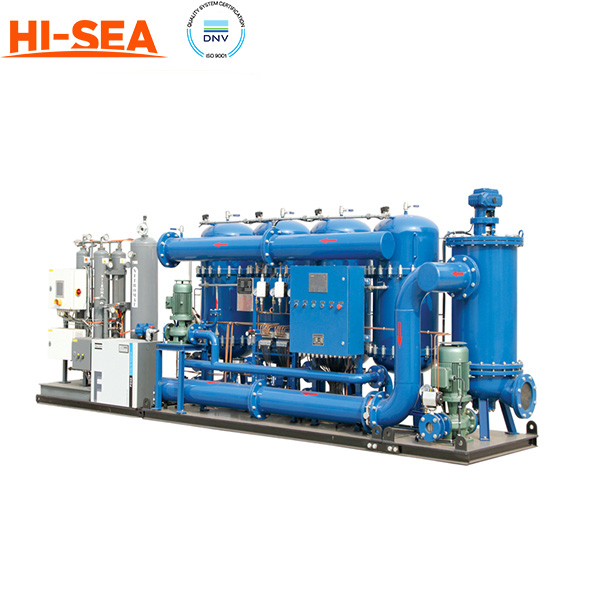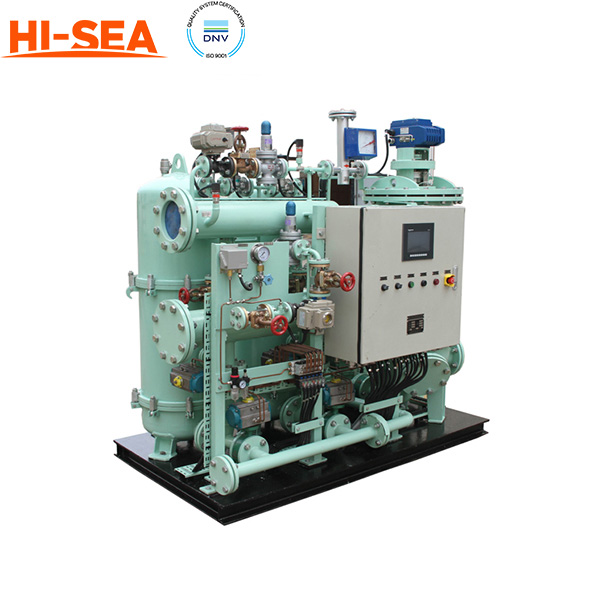MARINE & OFFSHORE EQUIPMENT
- Dredging Equipment
- Marine Deck Machinery
-
Marine Mooring Equipment
-
Marine Anchor
- AC-14 HHP Anchor
- Admiralty Anchor
- Beldt Stockless Anchor
- Bruce Anchor
- Spek Anchor
- Danforth HHP Anchor
- Delta High Holding Power Anchor
- GB11579-89 Light Weight Anchor
- Hall Anchor
- High Holding Power Mastrosov Anchor
- Hot Dip Galvanized Anchor
- Japan Stock Anchor
- JIS Stockless Anchor
- Pool Anchor
- Single Fluke Anchor
- Stainless Steel Anchor
- Stevpris MK5 Anchor
- Stingray Anchor
- US Navy Stockless Anchor
-
Marine Anchor Chain
-
Marine Shackle
- Kenter Shackle
- D Type Joining Shackle
- Pear Shaped Shackle
- Anchor Swivel Shackle Type A
- Anchor Swivel Shackle Type B
- Buoy Shackle Type A
- Buoy Shackle Type B
- C Type Detachable Connecting Link
- D Shackle
- Forelock Shackle
- Anchor Chain Swivel Group
- Straight Shackle
- Anchor Shackle
- Marine Triangle Plate
- Anchor Chain Swivel
- Anchor Chain Joining Shackle
- Anchor Chain End Shackle
- Slim Kenter Shackle
-
Chain Chaser
-
Marine Bollard
-
Marine Chock
-
Marine Fairlead
-
Marine Chain Stopper
-
Marine Mooring Reel
-
Marine Towing Bracket
-
Mooring Rope
-
Marine Towing Hook
-
Marine Shark Jaw
- Marine Fender
-
Marine Buoy
- Marine Floating Pontoon Dock
-
Marine Anchor
- Aquaculture Equipment
- Marine Outfitting Equipment
- Marine Propulsion System
-
Marine Painting
-
Marine Auxiliary Machinery
- Marine Air Compressor
- Marine Air Receiver
- Marine Sewage Treatment Plant
-
Marine Diesel Generator Set
- Marine Oil Water Separator
- Ballast Water Management System
- Marine Hydrophore
- Marine Calorifier
- Seawater Desalination Plant
-
Marine Oil Separator
- Marine Fuel Oil Supply Unit
- Marine Heat Exchanger
-
Marine Hot Well Unit
-
Marine Incinerator
-
Marine Boiler
-
Marine Valve
- JIS Marine Valve
- DIN Marine Valve
- ANSI Marine Valve
- GB Marine Valve
- CB Marine Valve
- CBM Marine Valve
-
Marine Gate Valve
-
Marine Globe Valve
-
Marine Angle Globe Valve
-
Marine SDNR Valve
-
Marine Angle SDNR Valve
-
Marine Check Valve
-
Marine Storm Valve
-
Marine Butterfly Valve
-
Marine Quick Closing Valve
-
Marine Fire Valve
-
Marine Self Closing Valve
- Marine Valve Accessories
-
Marine Pump
- Marine Centrifugal Pump
- Marine Screw Pump
-
Marine Gear Pump
-
Marine Vortex Pump
-
Marine Ejector Pump
-
Marine Diaphragm Pump
-
Marine Piston Pump
-
Marine Fire Pump
-
Marine Emergency Fire Pump
-
Marine External Fire Pump
-
Marine Ballast Water Pump
-
Marine Fuel Pump
-
Marine Lubricating Oil Pump
-
Marine Bilge Pump
-
Marine Sewage Pump
-
Marine Domestic Water Pump
-
Marine General Pump
-
Marine Cargo Oil Pump
-
Marine Hand Pump
- Marine Pump Parts
- Marine Life-saving Equipment
- Fire-fighting Equipment
- Marine Cable
- Marine Electrical Equipment
- Marine HVAC
-
Labour Protection Appliance
- Marine Decorative Material
-
Marine Anode
- Marine Pipe Fitting & Flange
- Marine Instrument
- Ship Building Equipment
INDUSTRY EQUIPMENT
- Hoisting Equipment
- Welding Machine & Material
-
Cutting Machine
- Container Securing Fitting
- Link Chain
- Container & Storage Equipment
-
Diesel Generator Set
- Other Equipment and Tools
- Petrochemical Equipment
- Fiber Reinforced Plastics
- Polymer Materials
- Environmental Protection Series
- Geo-products and Building Materials
- Metal Mesh
- Steel Grating
-
Earthwork Teeth
-
Turnbuckle
STOCK LIST
Contacts
 Tel:+86-23-67956606
Tel:+86-23-67956606
 FAX:+86-23-67956622
FAX:+86-23-67956622
 Email:manager@cqhisea.com
Email:manager@cqhisea.com
Working Time: 9:00--17:00
Working Day: Monday to Friday Website: www.cqhisea.com

Ballast Water Management System Supplier
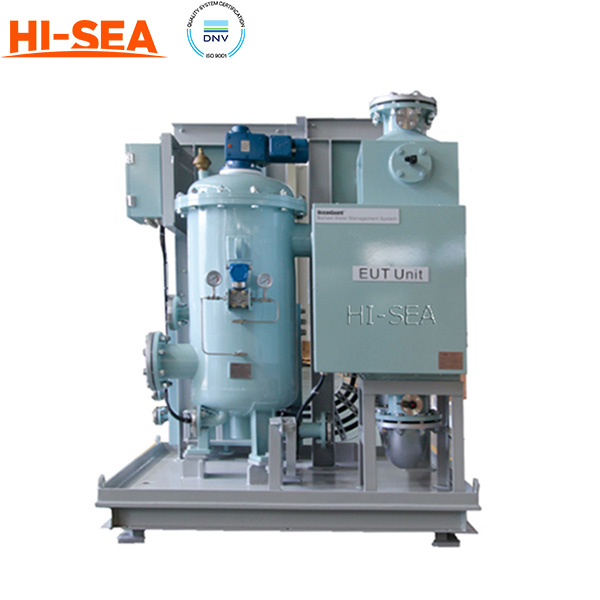
Ballast Water Management System Supplier
1. The necessity of Ballast Water Management System: Threat Caused by Ballast Water
Shipping moves over 80% of the world's commodities and transfers approximately 3 to 5 billion tonnes of ballast water internationally each year.Ballast water is absolutely essential to the safe and efficient operation of modern shipping, providing balance and stability to un-laden ships. However, it may also pose serious threats to ecology, economy and health.
There are thousands of marine species that may be carried in ships' ballast water, basically anything that is small enough to pass through a ship's ballast water intake ports and pumps. If these organisms survive transport to other parts of the globe, their impact can be devastating. Such invasions can jeopardize the local ecosystem, and even pose threats to human health. Usually, their effects are irreversible.
The introduction of invasive marine species into new environments by ships' ballast water, attached to ships' hulls and via other vectors has been identified as one of the four greatest threats to the world's oceans. In 2004, IMO adopted the International Convention for the Control and Management of Ships' Ballast Water and Sediments, which will phase in requirements for ballast water treatment over the coming years.
2. Ballast Water Management System Treaty Requirements
Under the Convention, all ships in international traffic are required to manage their ballast water and sediments to a certain standard, according to a ship-specific ballast water management plan. All ships have to carry a ballast water record book and an international ballast water management certificate. The ballast water management standards are being phased in over a period of time. New ships must meet the ballast water treatment standard. Existing ships should exchange ballast water mid-ocean but they will need to meet the ballast water treatment standard by the date of a specified renewal survey. Eventually, most ships will need to install an on-board ballast water treatment system.
3. Components of Ballast Water Management System
(1)Control Unit
Control Unit is responsible for regulating the entire system including collection of various signals from the sensors, Management of alarm signals and controls of system startup and shutdown. It contains all procedures for the system operation, displays the system working condition, including the working condition of various parts as well as data and status reported by real time inspection from various sensors.
(2)Filter
This device adopts full auto-back flushing filter, which can realize the simultaneous operation of filtration and back flush. The filtration precision is 50μm. It can remove organisms larger than 50μm in ballast water to prevent micro organisms and sediments entering ballast tank.
(3)EUT
EUT Unit is the core of this device. Each single unit has the treatment capacity from 100-3000m3/h. The Unit comprises of two parts: Electrocatalysis Unit and Ultrasound Unit. The Electrocatalysis Unit is able to produce large numbers of hydroxyl radicals and other highly active oxidizing substances to kill all organisms in ballast water within several nanoseconds. The whole sterilization process is completed inside the EUT Unit. During the treatment process, the Ultrasound Unit can clean the surface of Electrocatalysis Unit regularly to keep the long-term treatment effectiveness of the electrocatalysis material.
4. Ballast Water Management System Advantages
(1)Technology of advanced electrocatalysis oxidation process (AEOP)
Hydroxyl radicals produced in the process of Management by AEOP technology will disappear after several nanoseconds. These radicals have high sterilization efficiency, which are able to kill different bacteria, viruses, algae and dormant ovum in ballast water effectively (broad spectrum sterilization) in a chained mode. The sterilization process can be completed within EUT Unit. The concentration of TRO (total residual oxidation) can be controlled within 2ppm, so that the TRO can carry out advanced Management on the water in ballast tanks.
(2)No corrosion to Ships
Hydroxyl radicals produced by Ballast Water Management System will disappear after several nanoseconds. The whole sterilization Management is completed within EUT Unit. Through the Management, TRO concentration is within 2ppm. According to results of long-term operation, the system is proved to be safe and reliable, and water treated by this device causes no corrosion to the hull.
(3)Compact design and high-quality spares
Compact design, small footprint, easy installation and maintenance free. Our device can be fitted on various vessels with different internal structures. High-quality materials and spare parts with long lifespan are used for all the components.
5. Ballast Water Management Several Class Certificates Supply:
ABS, BV, DNV, GL, KR, RINA, NK, USCG and CCS class certificates.



